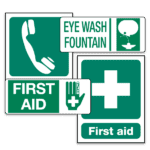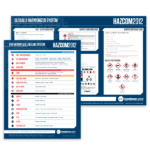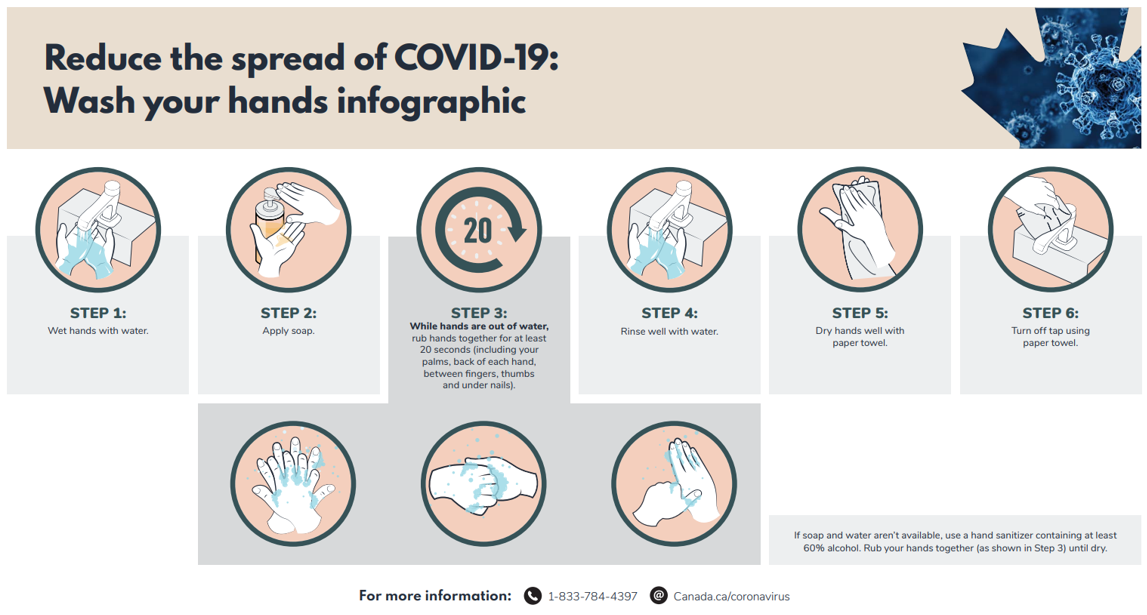It’s not just another cold and flu season, we are entering our 3rd year of COVID and handwashing is still one way you can help keep germs away.
Germs can spread from other people or contaminated surfaces. In general, the CDC recommends washing your hands often, and especially during the following key times:
- Before, during, and after preparing food
- Before and after eating food
- Before and after caring for someone at home who is sick with vomiting or diarrhea
- Before and after treating a cut or wound
- After using the toilet
- After changing diapers or cleaning up a child who has used the toilet
- After blowing your nose, coughing, or sneezing
- After touching an animal, animal feed, or animal waste
- After handling pet food or pet treats
- After touching garbage
Additional measures should be considered to help prevent the spread of germs during the current COVID-19 pandemic. Wash your hands, or use hand sanitizer (more on the use of hand sanitizer shortly), BEFORE and AFTER:
- Touching your eyes, nose, or mouth
- Touching your mask
- Entering and leaving a public place
- Touching an item or surface that may be frequently touched by other people, such as door handles, tables, gas pumps, shopping carts, or electronic cashier registers/screen
Soap and Water vs. Hand Sanitizer
While hand sanitizer can be quick and more portable than your sink, it is unfortunately less effective than soap and water.
If it’s at least 60% alcohol, hand sanitizers can disinfect according to UCI Health, but it cannot remove all types of bacteria and viruses.
Hand sanitizers work best in clinical settings where hands are not heavily soiled or greasy and of course are better than nothing if it’s the only available option.
How To Wash Your Hands
Many government agencies and health organizations have created steps and infographics to increase knowledge on the proper method of washing your hands. The following is from the Government of Canada.
Step 1: Wet hands with water.
Step 2: Apply soap.
Step 3: While hands are out of water, rub hands together for at least 20 seconds (including your palms, back of each hand, between fingers, thumbs and under nails).
Step 4: Rinse well with water.
Step 5: Dry hands well with a paper towel.
Step 6: Turn off the tap using a paper towel.
Consider posting the above infographic or something similar in your workplace as a visual reminder to everyone. Handwashing is a great tool in helping to stop the spread of all germs and keep us safe.
Stay up to date and sign up for our newsletter!
We have all the products, services and training you need to ensure your staff is properly trained and informed.
 Facility & Miscellaneous Signs |
 Emergency Response / First Aid Signs |
 GHS (Workplace) Posters & Charts |








 ICC USA
ICC USA ICC Canada
ICC Canada